カミール・ピサロ (1830-1903)
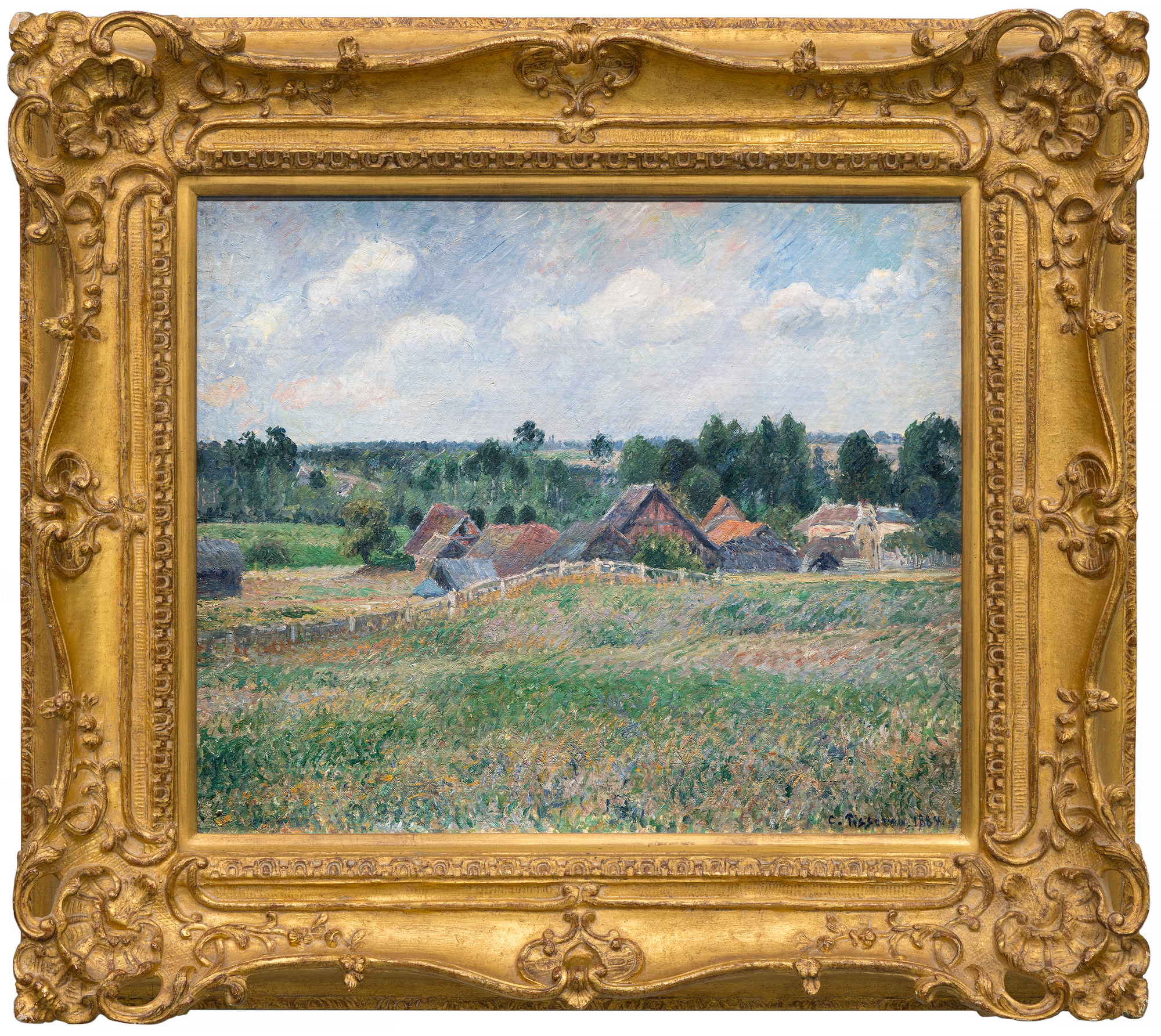
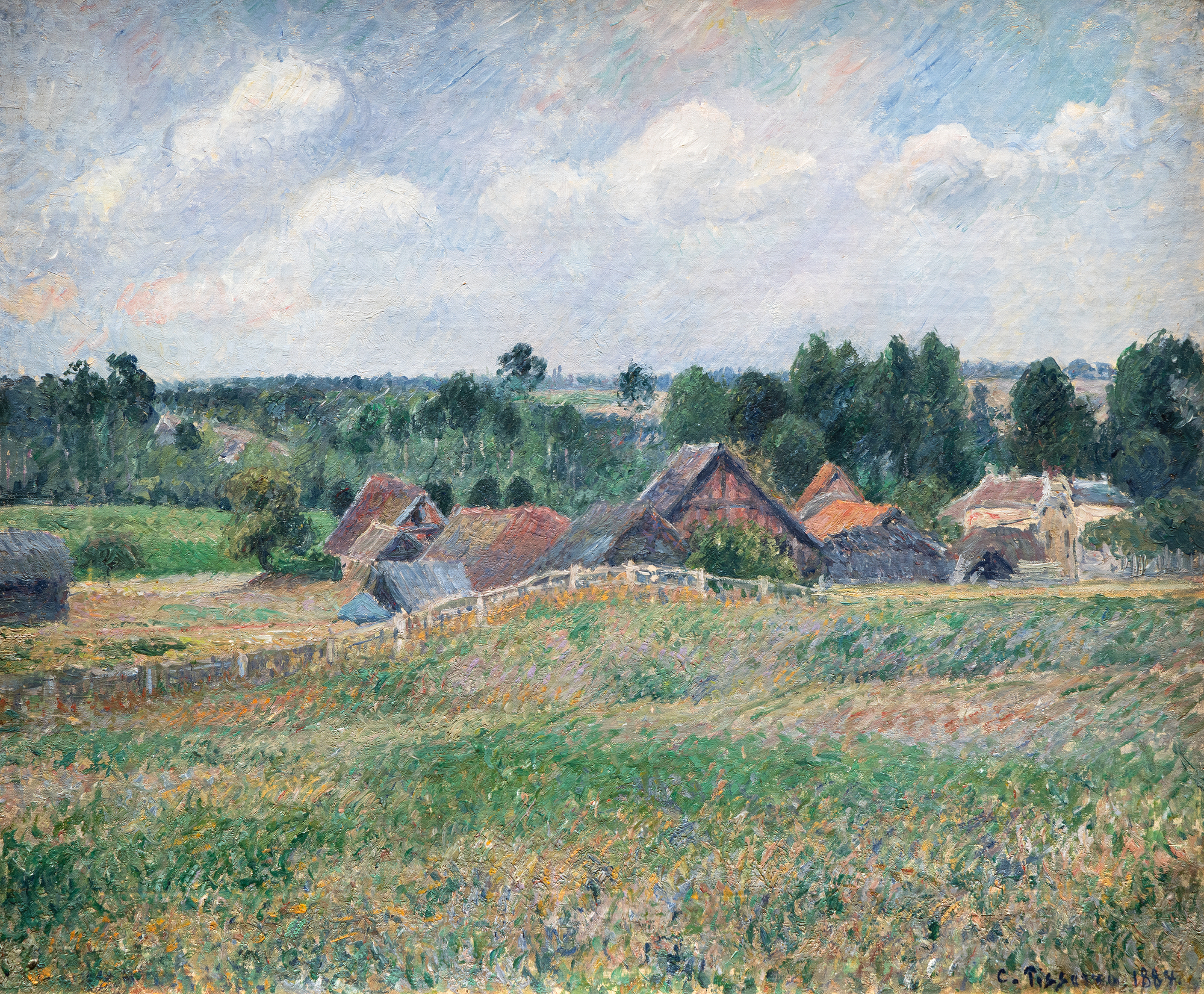
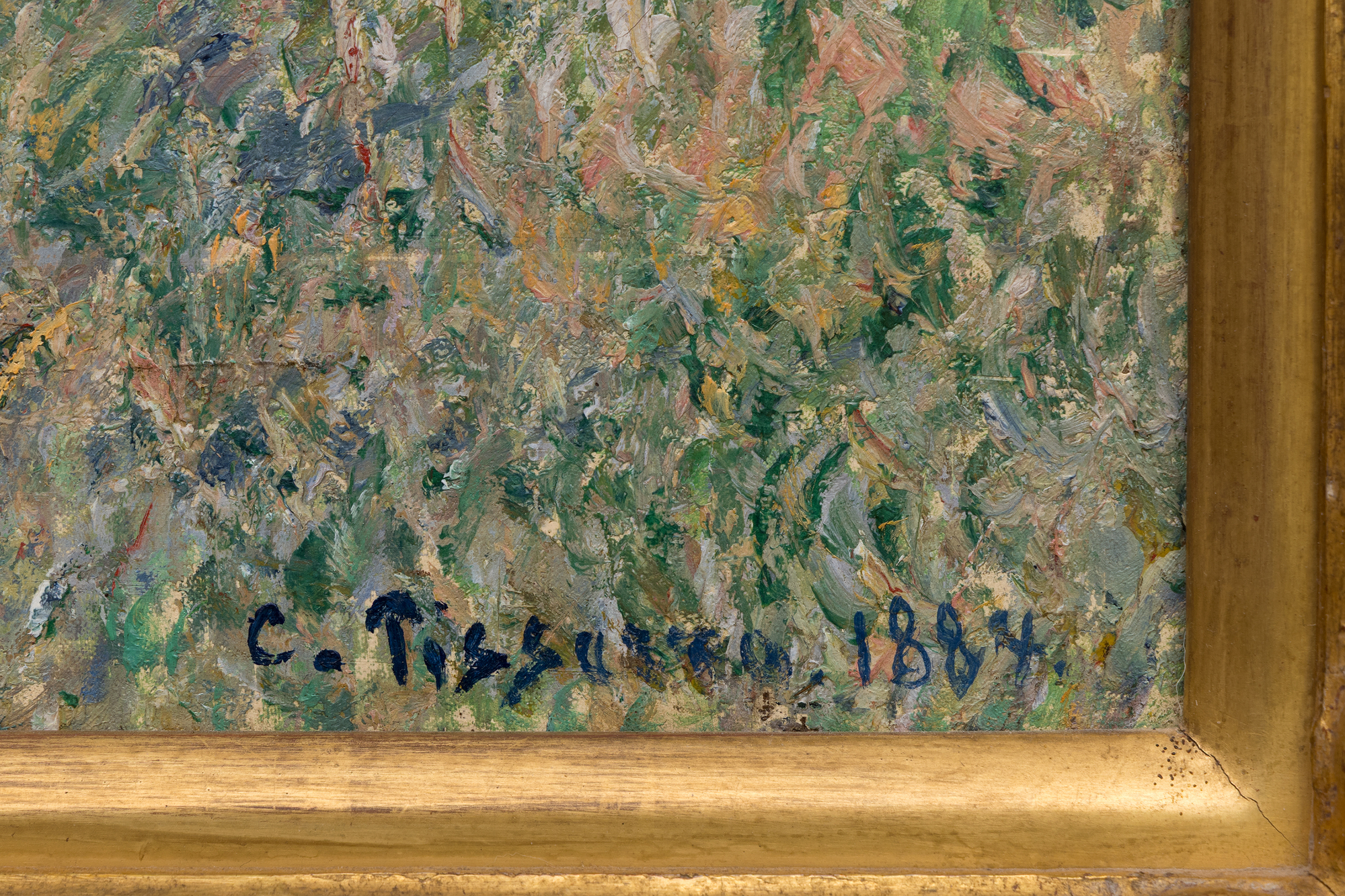
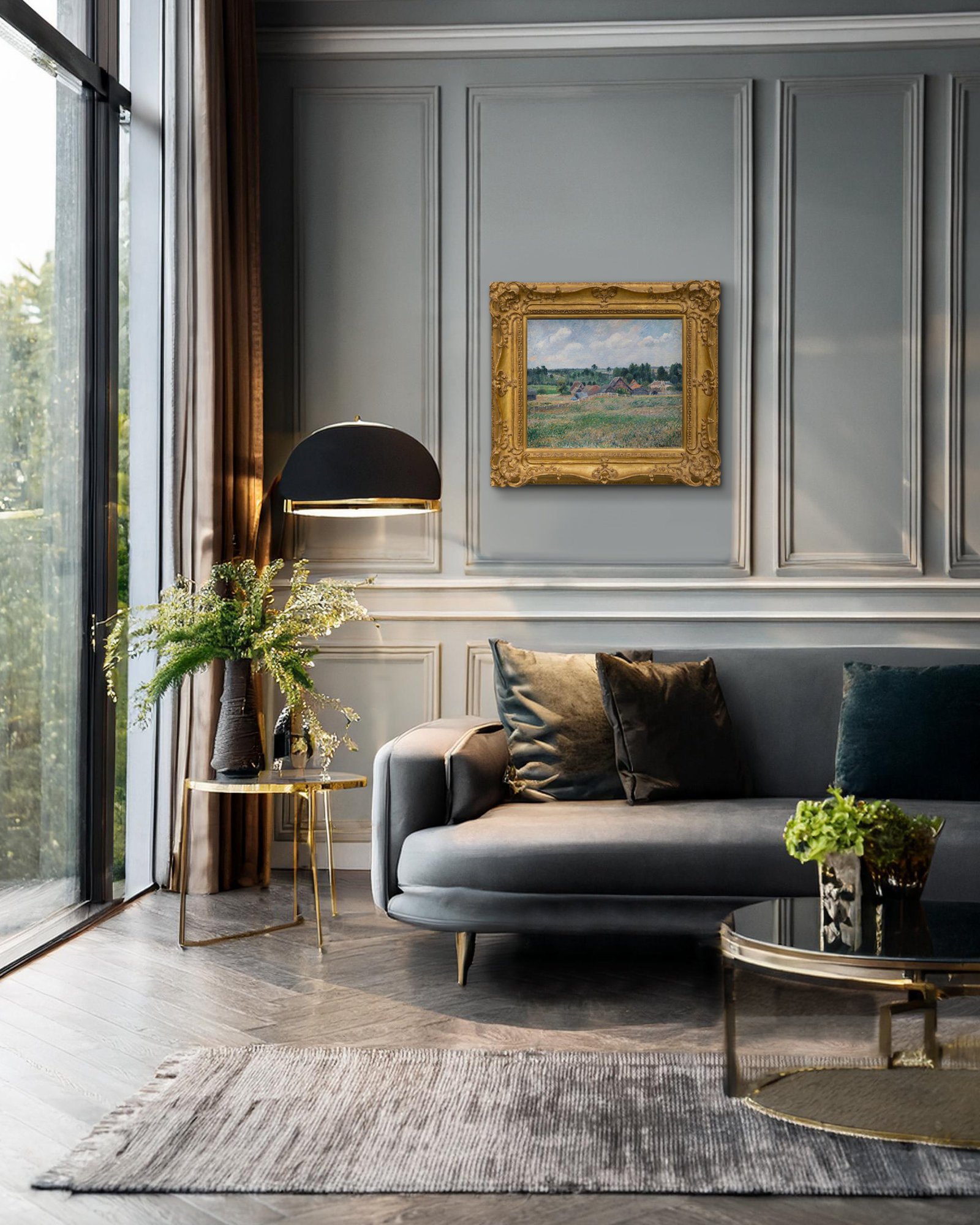
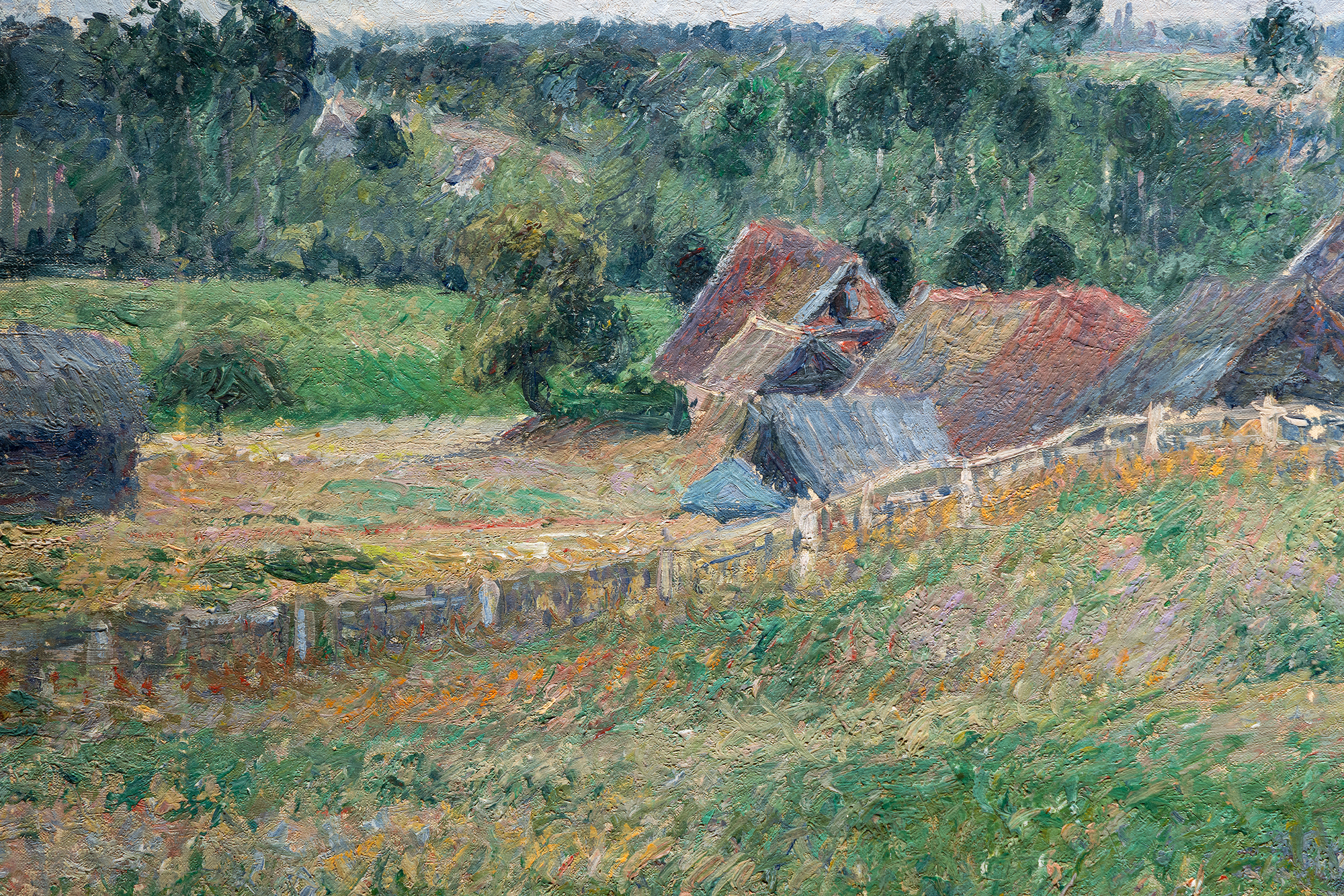

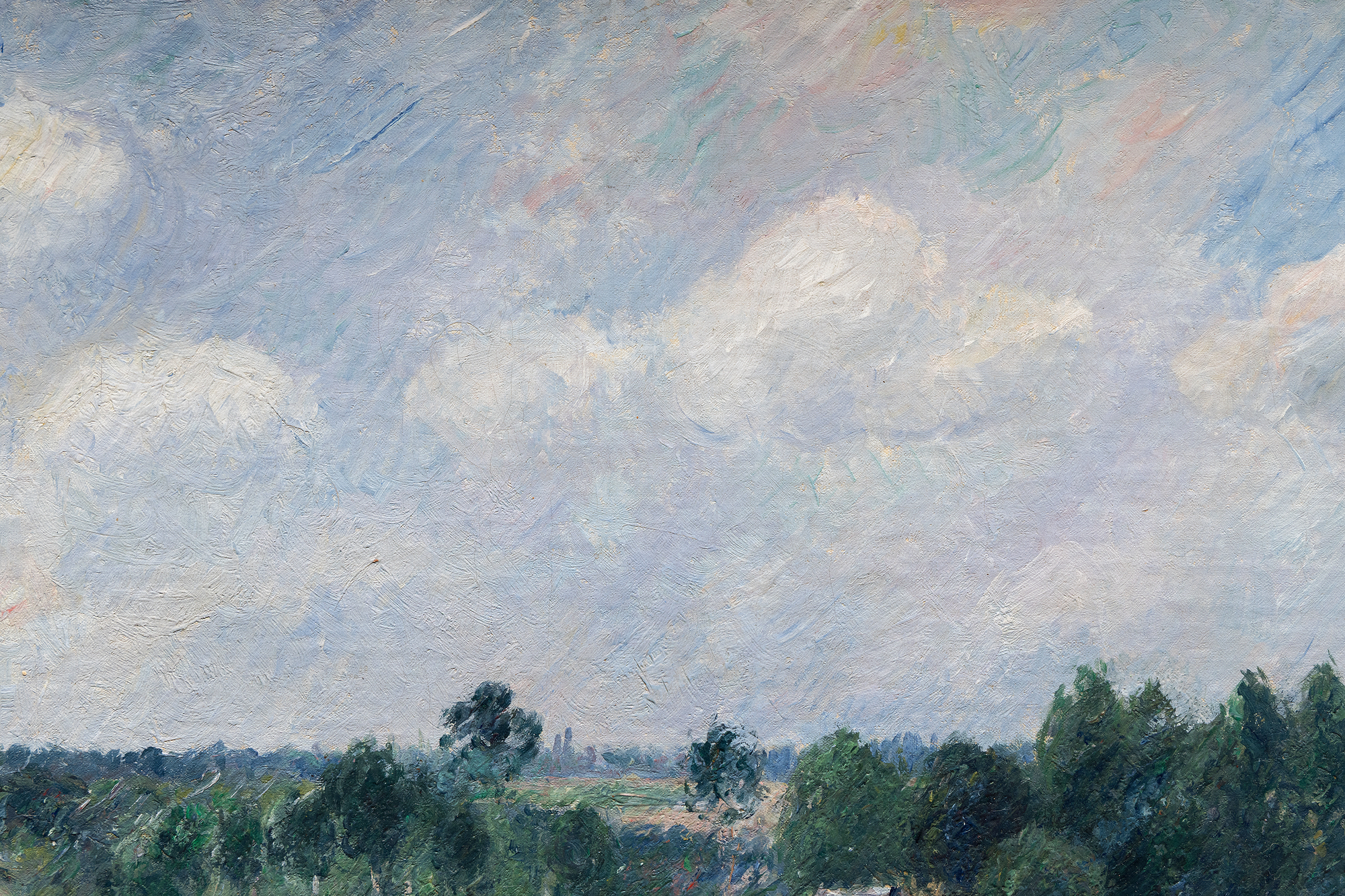
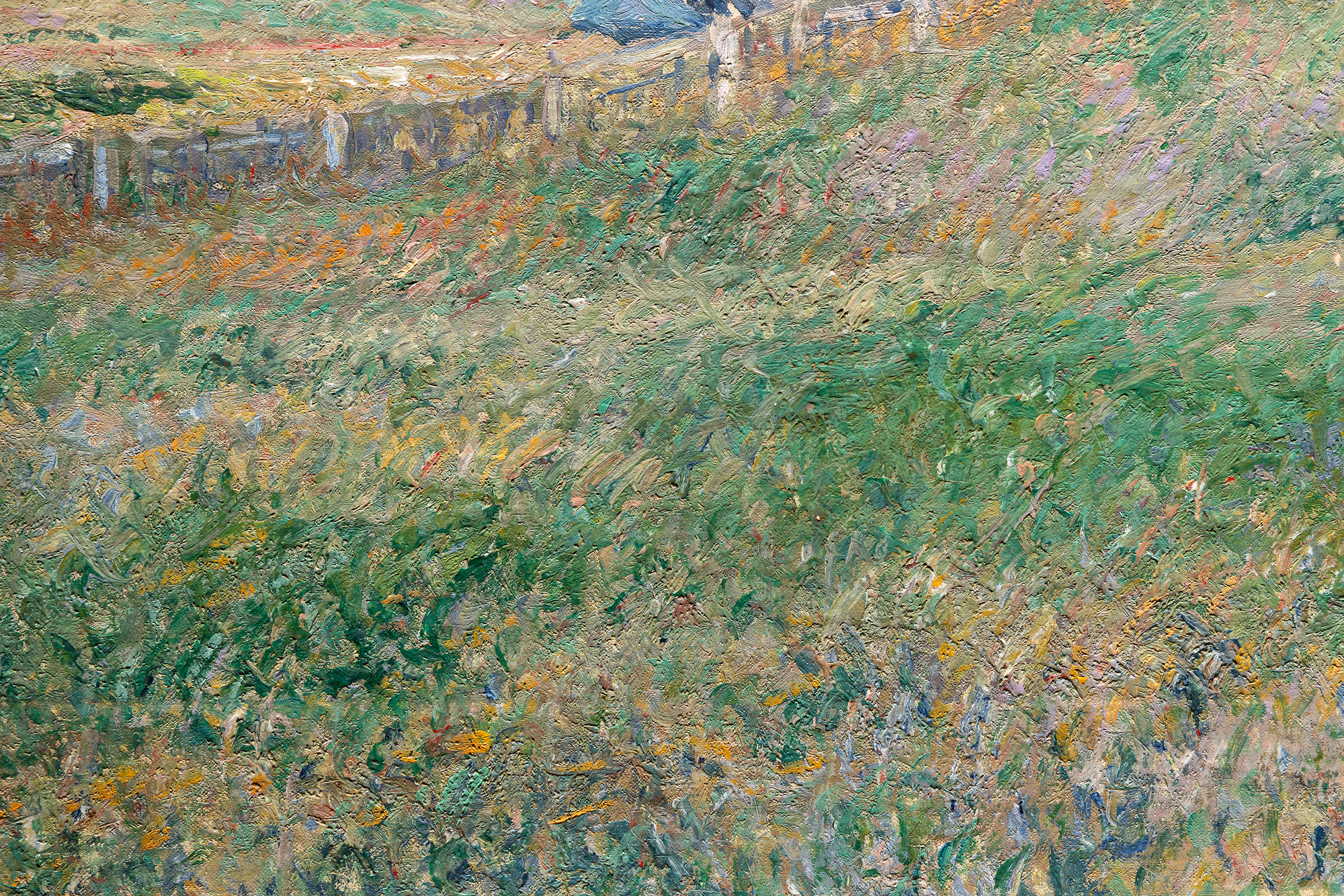
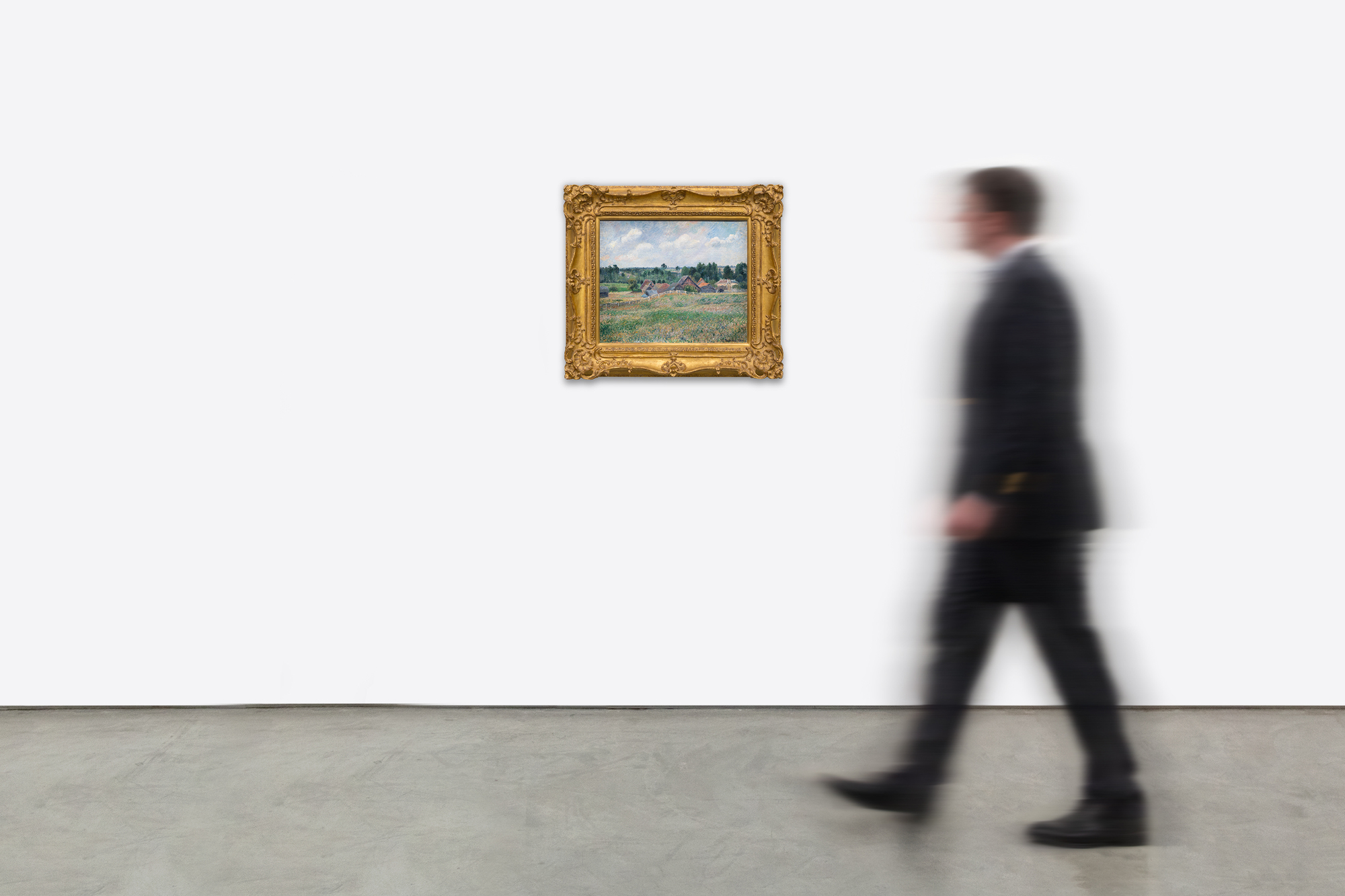
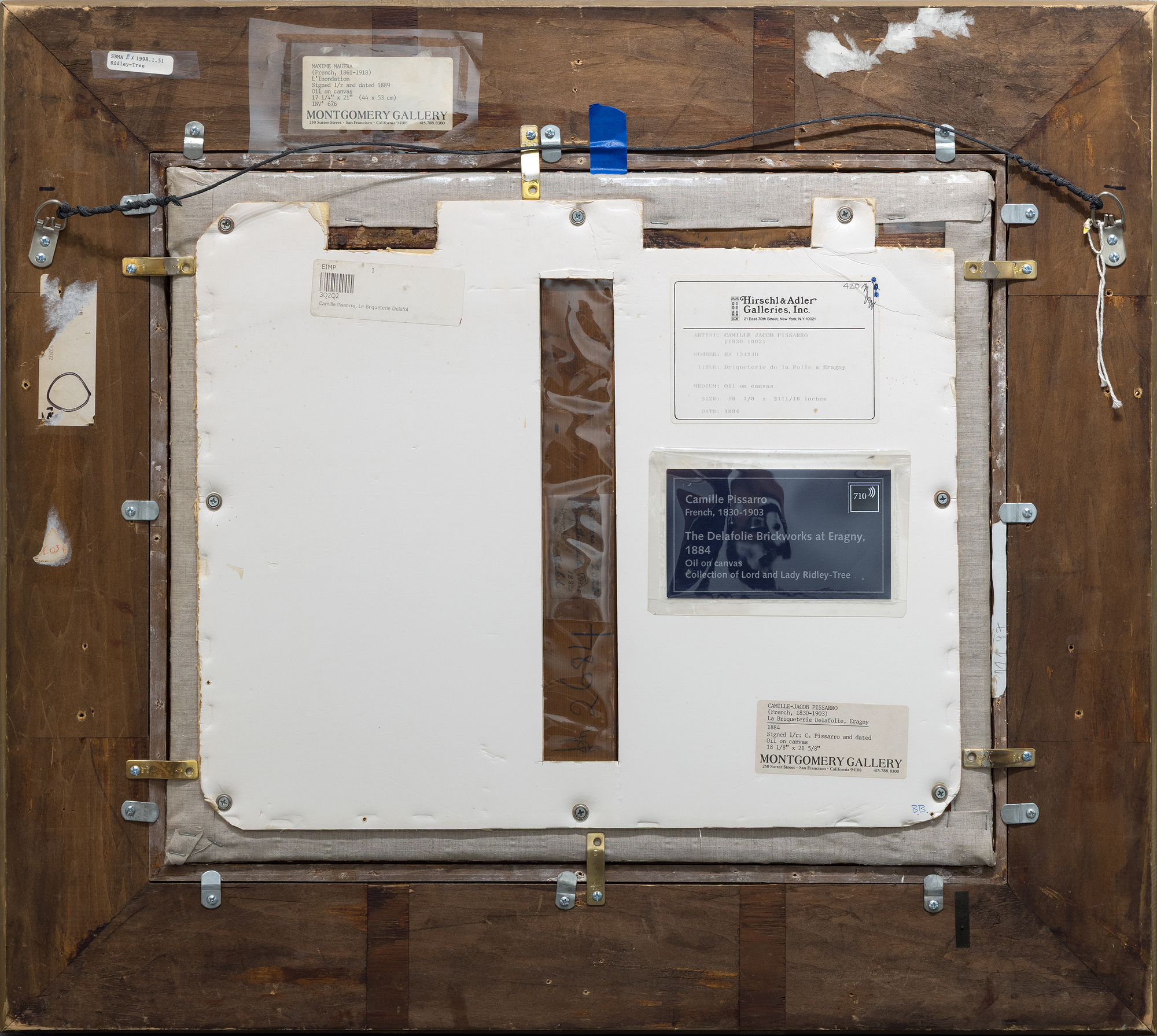
出所
デュラン=リュエル、パリ、画家から譲り受けた、1892年ヴェルナー・ヘロルド、チューリッヒ、1917年に上記から入手
その後、1991年まで代々受け継がれる
モンゴメリー・ギャラリー、サンフランシスコ(委託販売)
ヒルシュル&アドラー・ギャラリー(ニューヨーク
プライベート・コレクション(ニューヨーク、1994年
カリフォルニア州サンタバーバラ、リドリー・ツリー卿夫妻
プライベート・コレクション
展示会
パリ、フランス、デュラン=リュエル画廊、カミーユ・ピサロ、1892年、No.30ポーランド、ワルシャワ、Towarzstwo, Zachety Sztuk Pieknuch w Krolestwie Polskiem, Wystawa Dziel Artystow Francusk...もっとその。。。1911年、114号
チューリッヒ、スイス、クンストハウス、1917年、19世紀と20世紀のフランス美術、No.152
パリ、フランス、ガゼット・デ・ボザール『スイスにおける19世紀のフランス絵画』1938年、No.76
ブリュッセル、ベルギー、パレ・デ・ボザール『ダヴィッドからセザンヌへ』1947-48年、No.108
カリフォルニア州サンタバーバラ、サンタバーバラ美術館、Santa Barbara Collects:フランスの印象、1998年、No.51
文学
アルフレッド・エルンスト、「カミーユ・ピサロ」、『La Paix』、パリ、1892年2月号、p.2Janine Bailley-Herzberg, Correspondance de Camille Pissarro, vol. III, Paris, 1988, letter no.734, p. 171, no.5
Ludovic-Rodo Pissarro and Lionello Venturi, Camille Pissarro: son art, son oeuvre, vol. I Paris, 1939, No.
Eric Zafran, Santa Barbara Collects:Santa Barbara Collects: Impressions of France, Santa Barbara, CA, 1988, no.51, illustrated
Joachim Pissarro and Claire Durand-Ruel Snollaerts, Pissarro, Critical Catalogue of Paintings, vol. III, Paris, 2005, no. 776, illustrated p. 514
...少ない。。。 価格1,900,000
前景にはポリクロームの草原が描かれている。緑、黄土色、ライラックの筆触が縦横に走り、羊毛のような空の下、野原を吹き抜ける風の穏やかな動きを伝えている。遠くには、ピサロの親友であり隣人であったデラフォリーの煉瓦造りの工場が見える。カタログ・レゾネにはこう記されている:
「エラニーにあるデラフォリー煉瓦園は、地元の家族経営の煉瓦園を指す。デラフォリー氏は単なる煉瓦職人ではなく、ピサロの隣人であり、自らシードルを醸造していた。彼のシードルはとても美味しかったと伝えられており、クロード・モネがピサロに、その商人は誰なのか、どうすれば自分のために樽を注文できるのかと手紙を書いたこともあった。ピサロとドゥラフォリー氏は親友で、ピサロはドゥラフォリー氏がパリやジソールへ定期的に配達してくれるのを利用して、レンガと一緒に絵を発送することがよくあった。"
同様の作品はオルセー美術館、ウォルターズ美術館、バーミンガム美術館に所蔵されている。この絵画は、ピサロがエラニー村の風景や地域社会と親密な関わりを持っていたことを体現しており、コレクターに貴重な、よく旅された作品を提供している。


